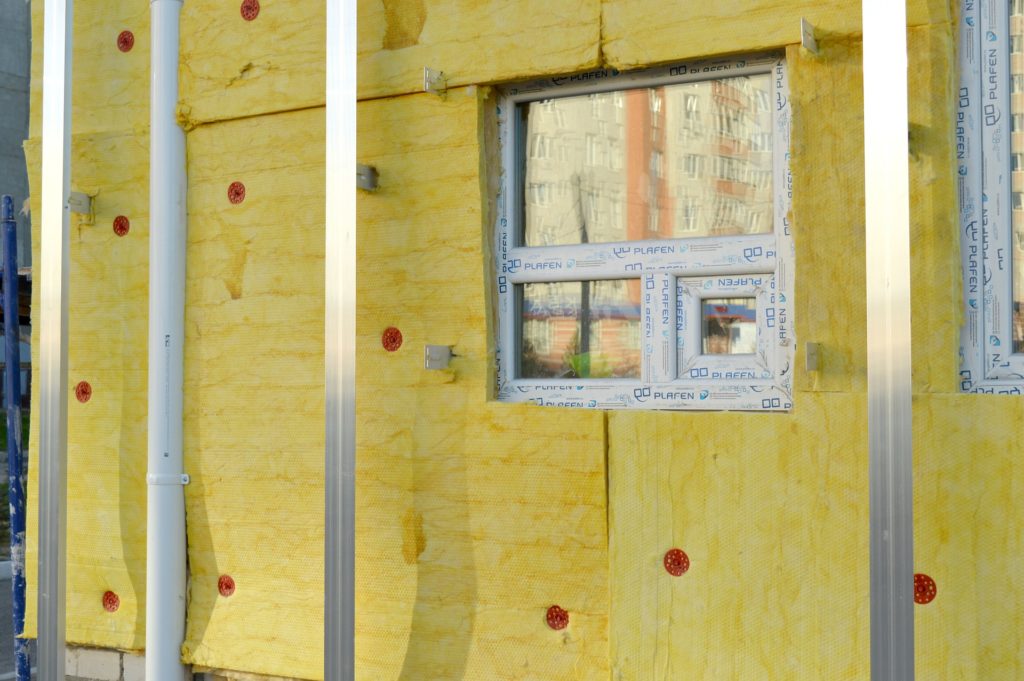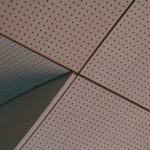19
Jul
2018
Soundproofing construction: How much does it actually cost? (Part 2)

Reading Time: 4 minutes
After analysing the estimated cost of how much soundproofing construction, we now take you on a deeper insight with the intricate construction of the different facets of why soundproofing. We break down the various compositions that goes behind the scenes in soundproofing.
Soundproofing construction consist of managing the walls, ceilings and flooring. These represent the boundaries of a room and these elements are the main barriers that would keep external noise out (or keep confidential verbal information in). Thus, these elements are one of the first considerations we need to address in regards to soundproofing and how we can control noise within a space.
How do we create a soundproof wall?
1. How sound function in walls.
Sound travels easily through air. Air particles vibrate and displace each other creating a series of compression and rarefaction waves, when the sound waves hits a wall partition, it can cause the wall partition itself to vibrate which displaces air particles on the other side of the wall causing the sound to transfer through. This phenomenon is called airborne sound transmission.
2. Soundproofing construction and insulation of walls
Soundproofing the walls will help a great deal in creating a soundproof space. Sound Transmission Class (an acoustic test rating) indicates a boundary’s effectiveness in blocking sound. (Check out this article for an in-depth look into what STC ratings are about) This means that a higher STC rating value will yield better sound isolation, a typical hollow partition drywall without insulation is around STC 34 and you’ll be able to hear loud conversations taking place on the other side of the wall. In order to make a wall soundproof, the hollow wall can be replaced with an acoustic partition. The simplest acoustic partition is created by installing drywall with insulation material like fiberglass or rockwool inside the wall which will significantly increase the STC rating of the wall. A 100mm insulated drywall has a rating of STC 50, meaning you wouldn’t hear those loud conversations anymore unless they started shouting at the top of their voice.
It is important to note that even with a good soundproofing wall, low frequencies sound energy can still transfer from structural vibrations easily unless the walls have additional vibrational decoupling. This can be an issue if you are using subwoofers that produce a lot of low frequency content or playing instruments like the drums or bass instruments. The most effective way to resolve this is by decoupling the walls, eliminating any rigid connection that sound can transfer structurally (through studs or joist). A sound isolation bracket can be used to decouple the walls so the layered wall components do not touch each other (floated).
Depending on the usage of the space and the budget, you may or may not wish to install floated walls. A drywall with insulation may be sufficient for your project and will cost lesser. The costs for insulated walls can range from $S85 to S$317 per m²
3) Insulated ceilings/floors
Should I consider soundproofing construction on my floors and walls too?
In countries like Singapore where majority of the buildings are high rise, ceiling and floor soundproofing are just as important as wall soundproofing.
The approach to soundproofing construction on the ceiling is similar to wall soundproofing, adding insulation materials like Tecsound (high density polymer-based synthetic membrane) which can easily be applied to ceiling surfaces and layers of gypsum board will effectively reduce sound transmission. The costs to insulate the ceiling with 2 layers of gypsum board range from S$113 per m² (non-floated) to S$248 per m² (floated).
For the floors, other than airborne noise, we also have to consider impact noise like footsteps and dropped objects. Flooring underlayment with good Impact Insulation Class (IIC) rating laid on top of the subfloor will yield positive results and can be acoustically tested. In addition, floating the floors will further increase the IIC rating and effectively deal with sound transferring due to vibrations. This would be very important to consider for spaces like gyms, studios (music/dance), home theatre and residential dwellings where the background noise level is very low or houses where the floor structure is made out of wood.
In order to float the floors, elastomeric vibration isolators or spring isolators can be used on the joist before laying down the insulation and floor finishing to decouple the floors, reducing structure-borne transmission.
A timber floated flooring would cost around S$279 per m². For reference, a normal subfloor with no resilient underlayment (usually wood or concrete) is around 40 IIC, a treated flooring will have an IIC around 60 and higher.
Figure 3 : Normal Subfloor & Treated Flooring
Estimated Costs of Acoustic Construction
If you are on a tight budget, opt for more affordable alternatives like non-floated walls and ceilings which we have discussed in this article. In the next and final part of our article, we will explore other aspects of soundproofing like acoustic doors, windows, HVAC and electrical insulation.
At Soundzipper, we are able to cater to your project needs and demands according to your budget, find out more about our projects and services here.
*prices may vary depending on projects
Definitions
*Airborne Sound Transmission – Sound waves traveling through the air that hits a building element can cause it to vibrate. These vibrations travel through the element and are radiated out the other side. Typical airborne transmission sources are speech, stereos, and appliances.
*Structure Borne Sound Transmission – Vibrations from machinery, vehicles or appliances can transfer through solid structure, they may or may not be heard but can be felt at low frequencies and are important considerations in noise control.
For more information, on airborne sound transmission and structure borne sound transmission, please check on this link.







